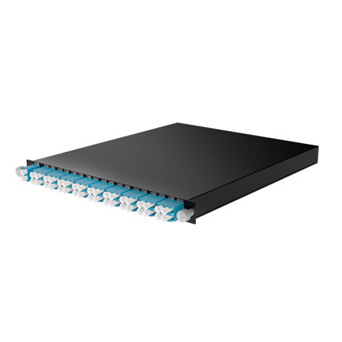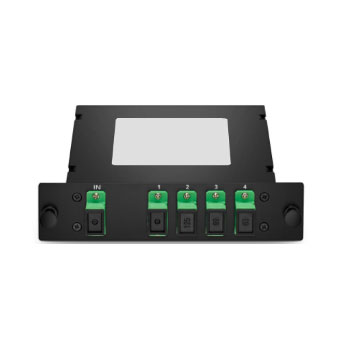Because the optical fiber is fragile, the optical fiber used in various environments must be processed into an optical cable with corresponding mechanical properties, so as to ensure that the optical fiber is not damaged by external forces during the laying, installation, use, and maintenance of the optical fiber, so as to ensure the smooth flow of the network. However, the outdoor optical cables and indoor optical cables that are widely used now do not provide fundamental guarantees in terms of these performances in complex environments.Based on this, people have developed and designed armored optical cables.
What is an Armored Optical Cable
Armored fiber optic cable , as the name suggests, is an optical cable with a protective "armor" on the outside.Its armor is mainly used to protect the optical fiber cable from animal bites, moisture erosion or other damage.
What is the Reason for Using Armored Optical Cable
In the past, outdoor optical cables were usually laid in strong ducts to prevent them from being damaged by external forces.However, this method of laying optical cables is very complicated and takes a lot of time and labor costs.Therefore, someone designed to add a layer of metal armor to protect the fiber core in the optical cable, which is the well-known armored optical cable.Armored optical cables are resistant to strong pressure and tension, and can effectively adapt to harsh outdoor environments, and their wiring is much more flexible than pipeline wiring.Now, armored optical cables have been widely used in the field of optical communication.
Structure of Armored Optical Cable
1. Outer sheath: In the design of armored fiber optic cables, the outer sleeve can protect the optical cable from solvent and abrasion damage.Usually, the outer sleeve is made of plastic, such as polyethylene.
2. Metal armor: between the outer casing and the inner sheath is armor, which is difficult to cut, bite and burn, and can also prevent the cable from stretching during laying.The 12-core armored optical cable has 12 optical fibers and two inner and outer sheaths, the metal armor is located between the inner sheath and the outer sheath, and there is a layer of aramid yarn between the outer sheath and the metal armor:
3. Inner sheath: It is a protective and flame-retardant material that can support the inner cable harness.In simple terms, in an armored fiber optic cable, the buffer tube is surrounded by a layer of aramid yarn, a layer of polyethylene jacket, and a layer of corrugated steel armor.
In the field of modern optical fiber communication, any fiber failure may cause significant financial and material losses, so protecting the optical fiber is the top priority in the installation process of the optical fiber communication system.The armored optical cable with a layer of protective "armor" on the outside of the optical fiber meets people's requirements for anti-rat bite, moisture-proof, and tensile resistance.

 EN
EN



